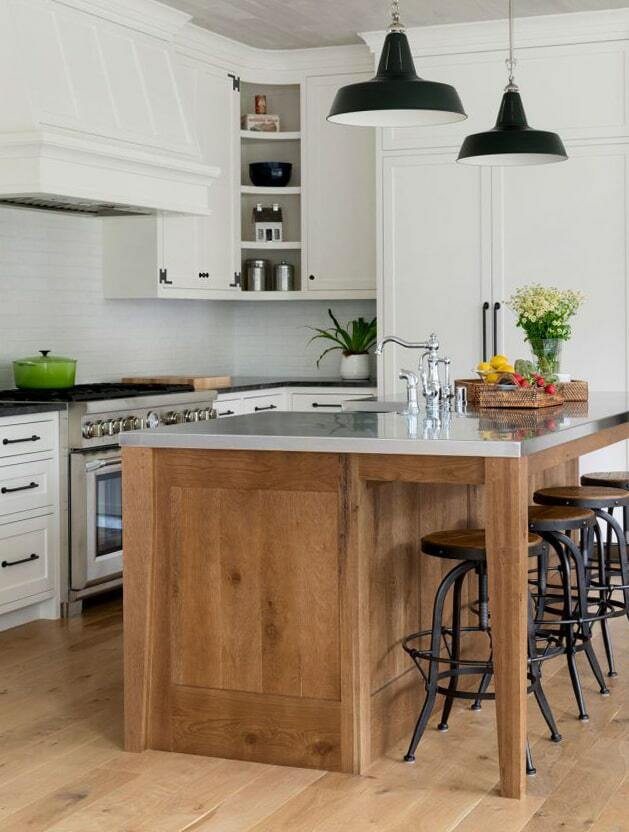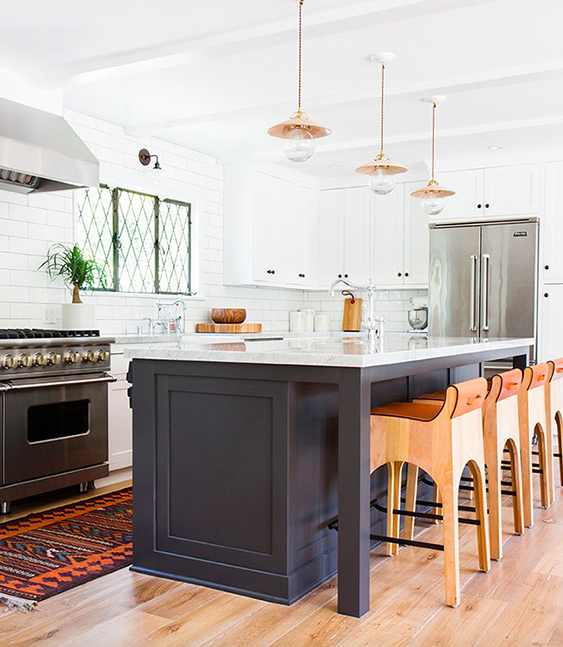The Leading Kitchen Island Leg Styles to Enhance Any Style Aesthetic
The Leading Kitchen Island Leg Styles to Enhance Any Style Aesthetic
Blog Article
The Importance of a Sturdy Kitchen Island Leg in Creating a Practical Food Preparation Location
A strong kitchen area island leg serves as a fundamental element in establishing a functional food preparation setting, supplying required assistance for both the kitchen counter and different kitchen activities. As cooking areas progress into multifunctional locations for food preparation, dining, and socializing, the selection of materials and style factors to consider for island legs becomes increasingly essential.
Benefits of Sturdy Island Legs
Offering vital support, sturdy cooking area island legs play an essential role in boosting the performance and longevity of kitchen area islands - kitchen island leg. These legs not only birth the weight of the countertop and any type of additional products placed on the island, however also add to the general security of the framework. A well-supported kitchen island makes certain that it stays upright and functional, also under hefty usage, which is particularly vital in hectic cooking area atmospheres
Moreover, durable island legs can boost the aesthetic allure of the kitchen. They supply a solid framework that can complement different layout styles, from modern to traditional. This convenience allows home owners to customize their cooking area islands according to individual taste while making sure that the architectural integrity continues to be uncompromised.
In addition to their supportive function, robust cooking area island legs can additionally enhance safety. Ultimately, spending in durable kitchen island legs is vital for a useful and visually pleasing cooking location.
Products for Kitchen Area Island Legs
When selecting products for cooking area island legs, sturdiness and visual appeal are important variables to take into consideration,. The most common materials consist of wood, metal, and crafted wood, each offering unique advantages.
Hardwood, such as cherry, maple, or oak, is a timeless option because of its toughness and ageless beauty (kitchen island leg). It can endure significant weight and is immune to wear, making it ideal for high-use cooking area atmospheres. In addition, wood can be discolored or painted to match various kitchen area styles
Steel legs, usually crafted from stainless steel or functioned iron, provide a industrial and modern-day look. They are incredibly strong and can sustain substantial tons while being resistant to dampness and heat, which is useful in a cooking area. Steel legs can also be conveniently cleaned up, boosting their practicality.

Design Factors To Consider for Stability
The option of materials for cooking area island legs straight affects the style factors to consider for stability. When designing a cooking area island, it is vital to examine the weight-bearing capacity of the picked materials. Larger materials, such as strong timber or steel, normally supply greater security, especially under the stress of day-to-day use.
In addition, the leg style should include appropriate geometry to improve security. A bigger base boosts the support location, minimizing the danger of tottering or tipping. Consideration needs to also be offered to the elevation of the legs; disproportionate leg lengths can cause imbalance, jeopardizing the total stability of the island.
In addition, the distribution of weight throughout the island is important. Guaranteeing that the you could try here leg positioning published here straightens with the heaviest components, such as kitchen counters and appliances, will even more improve security.
Upkeep Tips for Longevity

Cleaning is another vital aspect of maintenance. Depending on the material of the legs-- whether timber, metal, or composite-- proper cleansing methods ought to be employed. For wooden legs, a mild clean with a wet cloth and an ideal wood cleaner will aid protect their coating. Metal legs might call for a light polish to stop corrosion and maintain their appeal.
Additionally, tightening bolts and screws on a regular basis can ensure stability and protect against wobbling. If the kitchen area island experiences heavy use, take into consideration enhancing the legs with added brackets or supports to improve resilience. Lastly, using a protective surface or sealant can safeguard versus dampness and spots, extending the life expectancy of the legs. By complying with these maintenance suggestions, property owners can guarantee their cooking area island legs remain practical and robust for several years to find.
Choosing the Right Leg Style
Regular maintenance ensures that kitchen island legs remain durable and practical, however selecting the best leg style is click here for more info equally important for both visual appeals and assistance. The selection of leg design can substantially influence the overall design and consistency of your kitchen.

Functionality is one more important facet. Thicker legs or those with a tough base can sustain heavier kitchen counters and tools, enhancing the island's energy. Conversely, slender legs may create an airy look, ideal for lighter layouts yet possibly much less supportive.
Conclusion
In recap, the value of strong kitchen island legs can not be overemphasized in the development of a functional food preparation area. These legs supply crucial assistance, improve security, and contribute to the overall visual of the kitchen.
A tough cooking area island leg serves as a basic element in developing a practical cooking setting, supplying necessary assistance for both the counter top and various cooking area activities.Giving crucial support, strong kitchen area island legs play a crucial function in enhancing the performance and sturdiness of kitchen area islands. Ultimately, investing in tough kitchen area island legs is essential for a practical and aesthetically pleasing cooking location.
Consideration must also be offered to the height of the legs; disproportionate leg lengths can lead to discrepancy, endangering the overall stability of the island.
Wood legs supply heat and a classic look, while steel legs offer a contemporary and commercial feeling.
Report this page